Sélectionnez ce type de licence lorsque vous développez une application pour iOS, Android ou Windows Phone et que vous intégrez le fichier de fonte dans le code de votre application mobile.
Bebas Neue Pro™
par Dharma Type
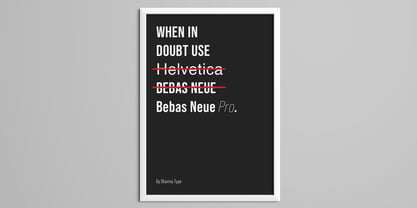
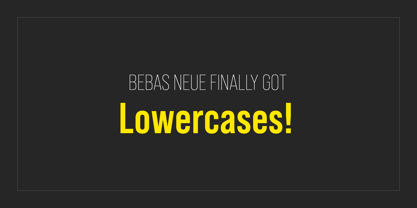



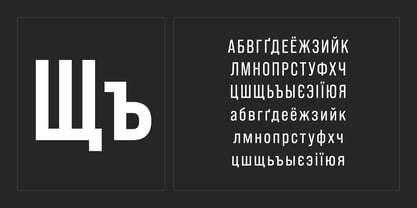
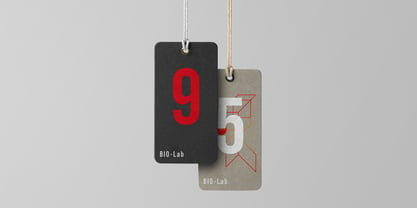
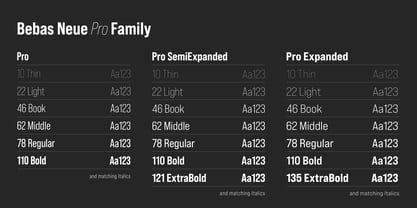


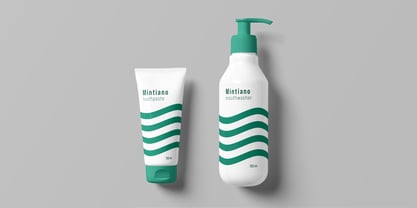
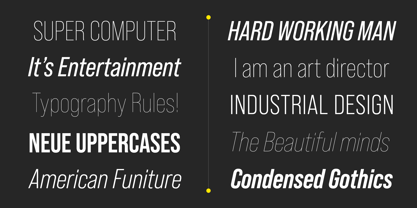
- AaGlyphs
-
Meilleure offreOffres familiales
- Styles individuels
- Spécifications techniques
- Licences
Bebas Neue Pro Semi Expanded Family
14 policesPar style :
$4.64
Paquet de 14 styles :
$64.99
Bebas Neue Pro Expanded Family
14 policesPar style :
$4.64
Paquet de 14 styles :
$64.99
Bebas Neue Pro Family
12 policesPar style :
$5.41
Paquet de 12 styles :
$64.99
À propos de Bebas Neue Pro Police Family
Merci d'avoir attendu. Enfin, Bebas Neue a des minuscules ! Bebas Neue est la famille police la plus populaire au monde avec toutes les majuscules, sortie en 2010. Bebas Neue a été utilisée aussi bien par de grandes entreprises que par des startups pour de nombreux projets. Malgré le fait que Bebas Neue n'ait que des majuscules, il est devenu très populaire police depuis ces 10 dernières années. Dans le même temps, nous avons reçu de nombreuses demandes d'ajout de minuscules. Pour être honnête, nous développions secrètement depuis longtemps une toute nouvelle Bebas Neue avec des minuscules. Les majuscules minces, des minces aux régulières, ont été redessinées pour Pro. Les nouvelles minuscules ont été conçues pour s'harmoniser avec les majuscules. Vous pouvez accéder aux chiffres tabulaires en utilisant les fonctions OpenType tnum. Presque toutes les langues européennes sont prises en charge par Pro. Une autre chose importante est... Bebas Neue Pro a des italiques ! N'utilisez pas de Bebas Neue incliné. Pro a les italiques appropriés ! Bebas Neue "Pro" peut étendre vos possibilités. Soyez le premier à utiliser cette Bebas Neue professionnelle et premium !
Concepteurs : Ryoichi Tsunekawa
Éditeur : Dharma Type
Fonderie : Dharma Type
Maître d'ouvrage : Dharma Type
MyFonts débout : 2 février 2019

À propos Dharma Type
Jusqu'à présent, Dharma Type a publié une centaine de caractères latins, dont Bebas Neue ( police), et nombre de ses polices ont été présentés dans diverses publications et utilisés dans de multiples médias, tels que des titres de films (par exemple, La la land), des logos de marque et des affiches.
En savoir plus
Lire moins